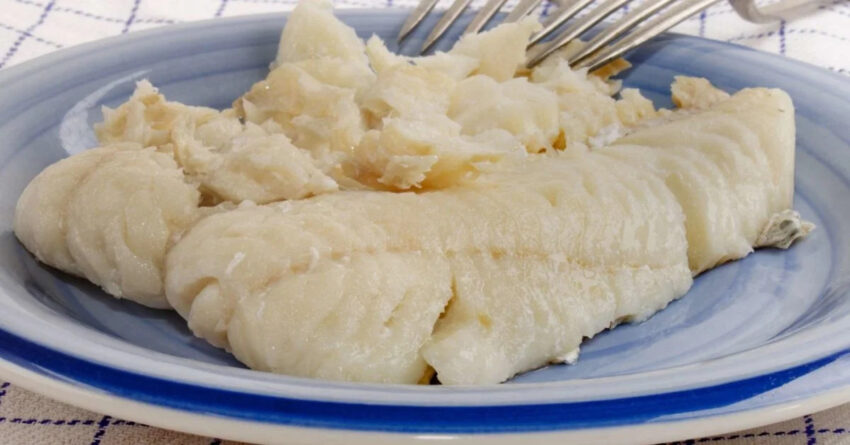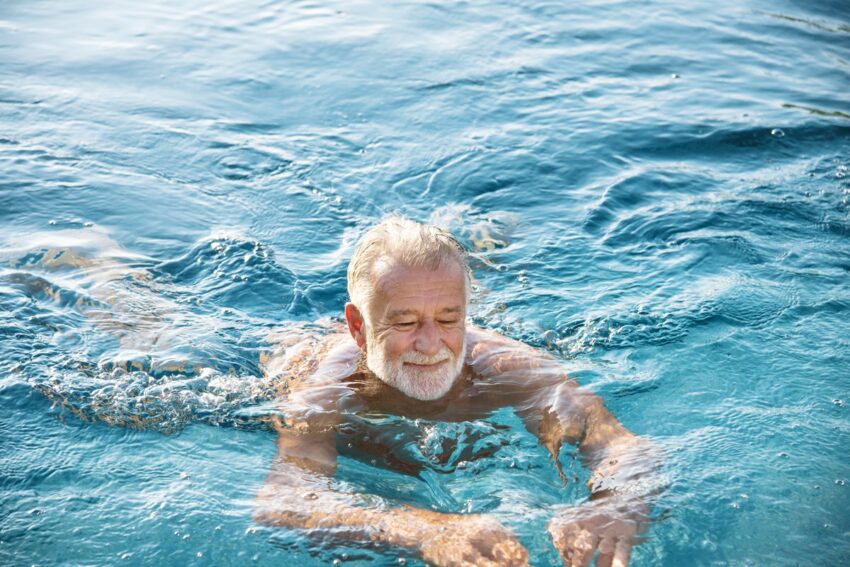For centuries, cultures worldwide have harnessed the power of water for therapeutic purposes. Hydrotherapy, the practice of using water for health and well-being, offers a range of benefits, from relaxation and stress relief to pain management and improved circulation. This comprehensive guide delves into the diverse world of hydrotherapy, exploring various techniques and their potential benefits.
Understanding Hydrotherapy: The Science Behind the Soak
Hydrotherapy works by utilizing the therapeutic properties of water in various forms – temperature, pressure, and movement. Here’s a closer look at the science behind the benefits:
- Temperature: Alternating hot and cold water exposure can improve circulation, promote muscle relaxation, and potentially alleviate pain.
- Pressure: Hydrotherapy techniques like water jets and massage showers can target specific muscle groups, aiding in pain relief and promoting relaxation.
- Movement: Exercising in water, like aquatic therapy, offers a low-impact way to improve flexibility, strength, and cardiovascular health.
A World of Water: Exploring Different Hydrotherapy Techniques
There’s a vast array of hydrotherapy techniques available, each offering unique benefits. Here are some popular options to consider:
-
Saunas: These dry heat chambers typically reach temperatures between 150°F and 195°F (65°C and 90°C). Sauna bathing promotes sweating, which can help eliminate toxins and improve circulation. It can also be relaxing and stress-relieving.
-
Steam Rooms: Steam rooms offer a more humid environment than saunas, with temperatures ranging from 100°F to 110°F (38°C to 43°C) and high humidity levels. The moist heat can help loosen mucus, clear congestion, and alleviate respiratory discomfort.
-
Whirlpools and Hot Tubs: These offer a relaxing soak in warm, bubbling water. Hydrotherapy jets provide a massaging effect, potentially aiding in muscle relaxation and pain relief.
-
Sitz Baths: These shallow baths use warm or cold water to target the hips and pelvic area. They can help relieve menstrual cramps, hemorrhoid discomfort, and postpartum pain.
-
Contrast Therapy: This technique involves alternating between hot and cold water baths or showers. The rapid temperature changes can stimulate circulation, improve blood flow, and potentially reduce muscle soreness.
-
Kneipp Therapy: This holistic approach to hydrotherapy utilizes various water applications like walking through alternating hot and cold water pools or applying wet wraps. It’s believed to boost circulation, improve immune function, and promote relaxation.
Beyond the Basics: Advanced Hydrotherapy Techniques
For those seeking a more specialized experience, several advanced hydrotherapy techniques exist:
- Vichy Shower: Multiple showerheads deliver warm, pressurized water streams for a full-body massage experience.
- Colonic Hydrotherapy: This controversial practice involves flushing the colon with large amounts of water. While some claim health benefits, it’s crucial to consult a healthcare professional before considering this technique due to potential health risks.
Important Considerations for Safe Hydrotherapy
While generally safe for most healthy individuals, hydrotherapy can have risks. Here are some safety tips to keep in mind:
- Hydrate: Drink plenty of water before, during, and after hydrotherapy sessions to avoid dehydration.
- Listen to Your Body: Pay attention to how you feel during your treatment. If you experience any dizziness, nausea, or discomfort, exit the sauna, steam room, or tub immediately.
- Consult Your Doctor: If you have any underlying health conditions, consult your doctor before engaging in hydrotherapy, particularly techniques like saunas or contrast therapy.
- Start Slowly: If you’re new to hydrotherapy, begin with shorter sessions and gradually increase the duration as tolerated.
Creating a Home Spa Oasis with Hydrotherapy
Several hydrotherapy options can be enjoyed at home. Here are some ideas:
- Invest in a Home Foot Spa: Soothe tired feet with a warm foot spa featuring massaging jets and temperature control.
- Take Contrast Showers: Alternate between hot and cold water for a quick and invigorating hydrotherapy experience.
- Add Epsom Salts to Your Bath: Epsom salts (magnesium sulfate) can promote relaxation and potentially alleviate muscle soreness.

Hydrotherapy: A Journey to Wellness
Hydrotherapy offers a natural and holistic approach to well-being. By exploring different techniques and finding what works best for you, you can unlock a range of benefits, from relaxation and stress relief to improved circulation and pain management. Remember, hydrotherapy is a journey, not a destination. Experiment, listen
to your body, and discover how the power of water can enhance your overall well-being.
Here are some additional points to consider:
- Setting the Mood: Enhance your hydrotherapy experience by creating a relaxing atmosphere. Dim the lights, light some candles, and play calming music.
- Post-Treatment Relaxation: After a hydrotherapy session, allow your body time to adjust to the temperature change. Relax on a comfortable surface for a few minutes to maximize the benefits.
- Combining Hydrotherapy with Other Practices: Hydrotherapy can be effectively combined with other relaxation techniques like meditation or deep breathing for an even more holistic approach to well-being.
- The Power of Community: Consider visiting a spa or health center that offers hydrotherapy treatments. Social interaction and professional guidance can enhance the experience.
Related: Arthritis Hydrotherapy A Soothing Solution for Joint Pain
Embrace the Healing Power of Water
Hydrotherapy is a time-tested practice with the potential to improve your physical and mental well-being. So, step into a warm bath, inhale the steam in a sauna, or feel the invigorating rush of a contrast shower. Embrace the healing power of water and embark on your hydrotherapy journey towards a more relaxed, rejuvenated, and healthier you!





